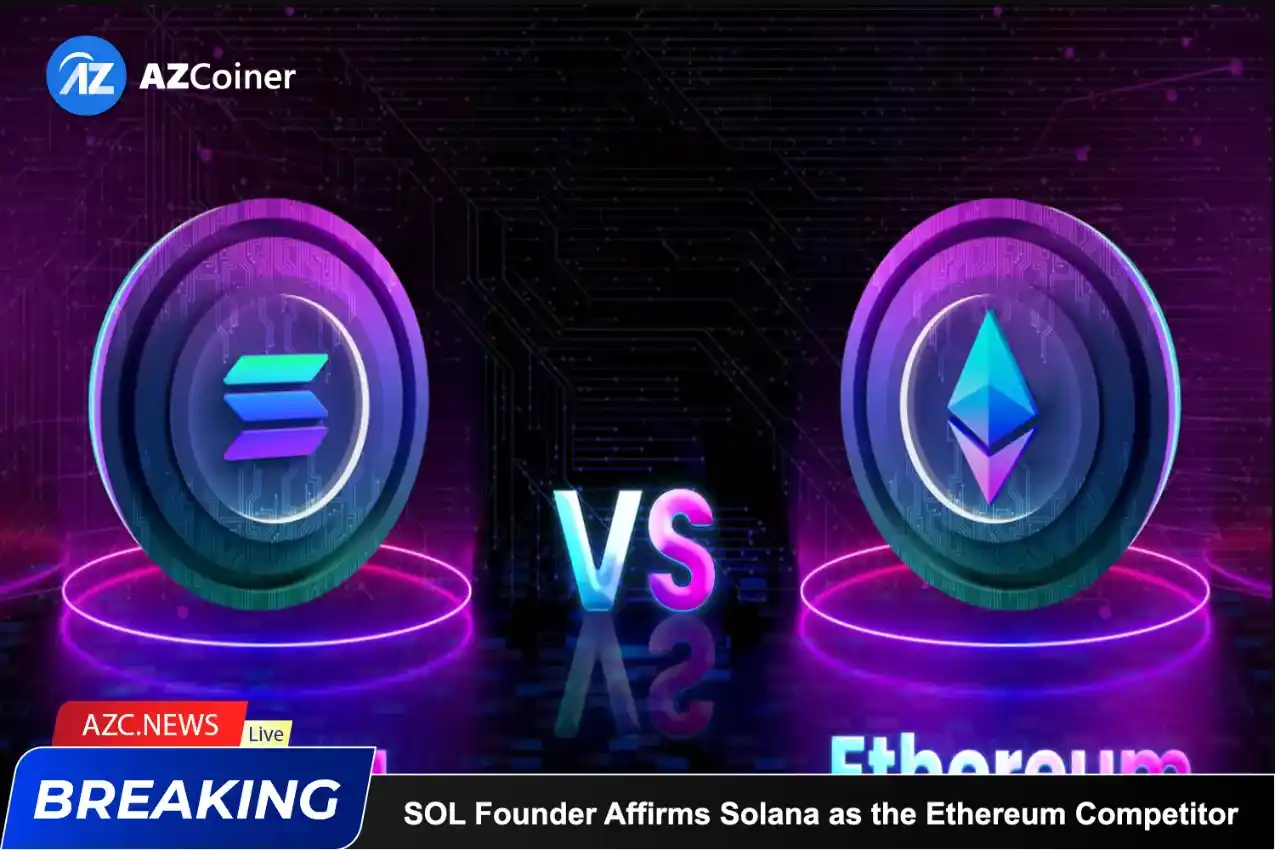SOL co-founder Anatoly Yakovenko recently made a bold statement, declaring “Solana is Ethereum.” This proclamation was shared in a post that not only emphasized the evolving landscape of blockchain interoperability but also highlighted Solana’s pivotal role in this context.
In a subsequent post on his X platform (formerly Twitter), Yakovenko expanded on his assertion, explaining that Solana functions as a layer-2 network for Ethereum through the “wormhole eigenlayer.” This insight opened up the possibility of interoperability between Solana and Ethereum, despite their differing protocols and consensus mechanisms.
Solana is ethereum! Solana is an ethereum L2 through the wormhole eigenlayer. Once danksharding is scaled up no one is going to stop you from submitting all the solana blocks into some data validating bridge contract on ethereum
— toly 🇺🇸 (@aeyakovenko) December 26, 2023
Yakovenko suggested that this integration could become more viable with the scaling up of “danksharding,” a significant upgrade slated for the Ethereum network to enhance scalability and efficiency. According to his vision, SOL blocks could be incorporated into a “data validating bridge contract on Ethereum.”
Yakovenko’s perspective is intriguing, especially in the context of Solana being frequently labeled as the “Ethereum killer.” However, the co-founder has consistently expressed a preference for collaboration over competition. He dismissed the “Ethereum killer” label as distasteful, emphasizing his belief in a future where both SOL and ETH coexist and thrive. This approach signals a departure from adversarial dynamics, showcasing Yakovenko’s commitment to fostering a cooperative ecosystem in the blockchain space.
In light of Yakovenko’s explanation, the implementation of Danksharding becomes crucial for Solana to function effectively as a layer-2 solution for Ethereum. This necessity arises from Ethereum’s insufficient bandwidth to accommodate all of SOL’s data. Interestingly, Solana appears to surpass Ethereum in capacity, with the co-founder noting that it could be more straightforward for Ethereum to serve as a layer-2 for Solana due to its greater capacity for Ethereum’s blocks.
If Ethereum Undergoes Reorganization: Implications and Considerations
The potential scenario of Ethereum undergoing a reorganization prompted a query from another X user, highlighting the disparity in consensus mechanisms between Solana and Ethereum. Concerns were raised about the fate of SOL acting as a layer-2 if Ethereum were to reorganize. Yakovenko reassured users that they would still be able to retrieve their ETH tokens from the bridge in such a situation.
Related: What’s fueling the surge in Solana (SOL) prices this week?
He clarified that the decision for Solana to reorganize alongside Ethereum would depend on social consensus and is not explicitly defined in the bridge contract. However, achieving seamless integration would necessitate mutual agreement on both ends.
If Ethereum reorgs, so will all the Layer-2 networks built on-top, mitigating the issue of unbacked L2 tokens
If Solana is a L2, will it also reorg alongside Ethereum?
— ChainLinkGod.eth (@ChainLinkGod) December 26, 2023
Addressing apprehensions about double spending, Yakovenko emphasized that Solana would not mint the wrapped ETH token “in its state” until Ethereum achieves full finality. He hinted at the potential role of a user-activated soft fork (UASF) as a mechanism to mitigate this risk, underlining the importance of robust measures to ensure the security and integrity of the interoperability between Solana and Ethereum.







